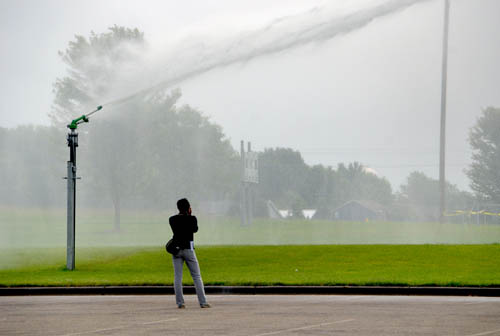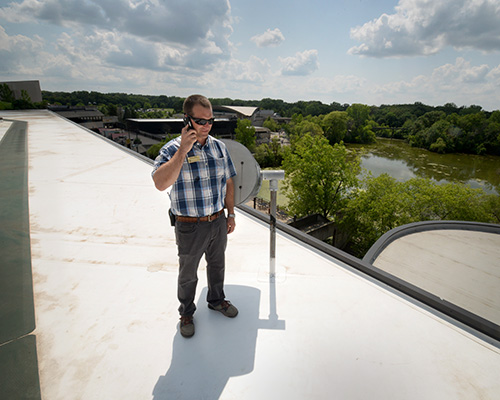The Metropolitan Council recently approved two grants for innovative best management practices to help improve water quality in local watersheds.
The projects in Waconia and at the Minnesota Zoo are the latest examples of the Council’s longstanding commitment to find solutions to reduce stormwater runoff and improve surface water quality.
.aspx) Key aspects of both projects include high public visibility and enhanced public education opportunities, said Judy Sventek, manager of Water Resources Assessment at the Council. The projects also were rated high for being innovative and widely replicable by others.
Key aspects of both projects include high public visibility and enhanced public education opportunities, said Judy Sventek, manager of Water Resources Assessment at the Council. The projects also were rated high for being innovative and widely replicable by others.
“Both of these projects have great potential for success and we hope will encourage other communities to try similar approaches and build on the experience of these projects,” she said.
“And both projects support the Council’s Thrive MSP 2040 long-range goals of stewardship and sustainability, and the integrated water management concept described in the Council’s new 2040 Water Resources Policy Plan.”
Waconia Community Stormwater Reuse Project
 In a joint project led by the City of Waconia and Carver County, a local partnership was granted $400,000 to capture untreated stormwater and reuse the water to irrigate ball fields within the city-owned Brooke Peterson Community Park.
In a joint project led by the City of Waconia and Carver County, a local partnership was granted $400,000 to capture untreated stormwater and reuse the water to irrigate ball fields within the city-owned Brooke Peterson Community Park.
The project not only conserves the potable water that would otherwise be used on the fields, it also will create a local stormwater reuse utility network that allows nearby private landowners to tap into the reuse system.
Water will be drawn from two local ponds and conveyed to an existing irrigation system to service 252 acres, saving about 22,000 gallons of water per day during the summer. The work will be done in 2015-2016 in coordination with improvements along Highway 5 through Waconia.
Other partners include the Carver County Soil and Water Conservation District and Independent School District 110.
Minnesota Zoo Stormwater Reuse Project
 The Council awarded a $350,000 grant to the Vermillion River Watershed Joint Powers Organization to address local flooding and surface water runoff problems at the Minnesota Zoo in Dakota County.
The Council awarded a $350,000 grant to the Vermillion River Watershed Joint Powers Organization to address local flooding and surface water runoff problems at the Minnesota Zoo in Dakota County.
As in Waconia, a key element of the zoo project will be enhanced public visibility in a high-traffic area, greatly improving public education and outreach opportunities.
Mark Zabel, Surface Water Unit Supervisor for Dakota County and administrator for the Vermillion River Watershed Joint Powers Organization, said heavy rain in the past few years has caused flooding at the main pond in the center of the zoo, closing trails and impacting exhibits.
Zabel said one project being considered is collecting water from the roof of the massive Tropical Building (adjacent to the main pond) and reusing it to water plant exhibits inside the building.
“The roof project is currently conceptual but it would reduce stormwater flowing to the pond while also producing an added benefit of potentially lower treatment costs for water for tropical plants and conservation of groundwater,” he said.
Other aspects of the project might include additional stormwater retention basins near large parking lots, iron-enhanced sand filters, catch-basin modifications, and reduction of impervious areas.
With more than one million visitors passing through the zoo every year, on-site public education exhibits have the potential to reach a vast number of residents across the state.
The work is scheduled for completion in 2016.
More information and resources